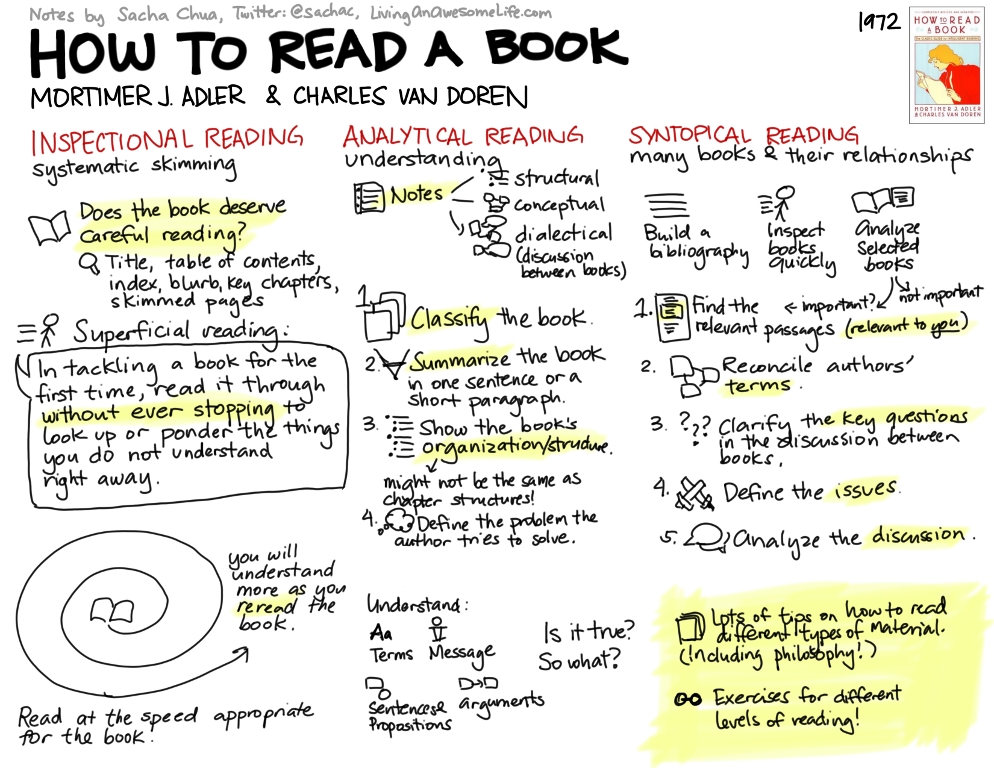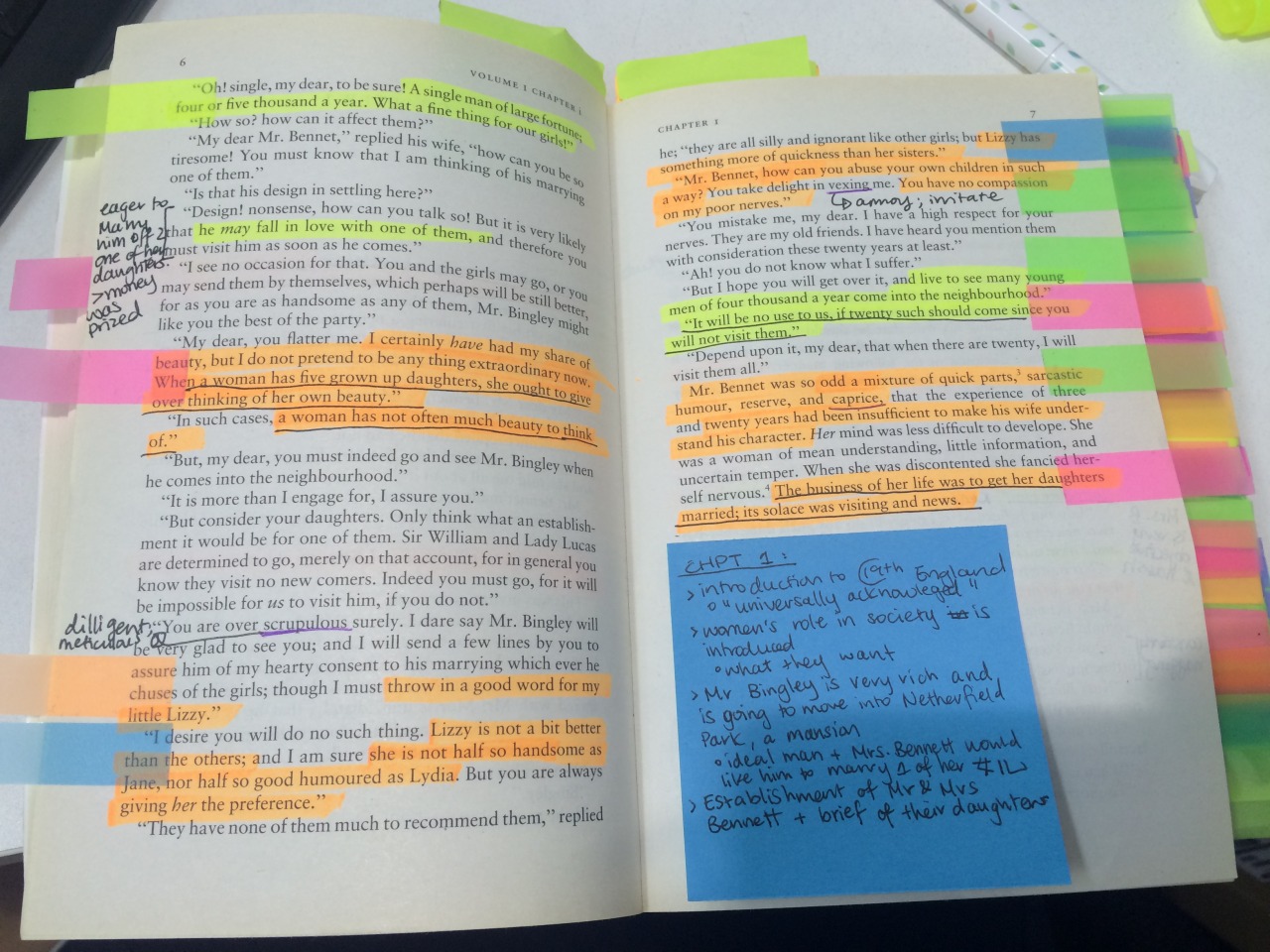
The annotations: The annotations for each source are written in paragraph form.

For more help with formatting, see our MLA handout. The bibliographic information: Generally, though, the bibliographic information of the source (the title, author, publisher, date, etc.) is written in either MLA or APA format. The format of an annotated bibliography can vary, so if you're doing one for a class, it's important to ask for specific guidelines. You may not ever get your annotated bibliography published, but as a researcher, you might want to look for one that has been published about your topic. They provide a comprehensive overview of everything important that has been and is being said about that topic. To help other researchers: Extensive and scholarly annotated bibliographies are sometimes published. By reading and responding to a variety of sources on a topic, you'll start to see what the issues are, what people are arguing about, and you'll then be able to develop your own point of view. Writing an annotated bibliography can help you gain a good perspective on what is being said about your topic.

So, a very important part of research is developing a thesis that is debatable, interesting, and current. The purpose of research is to state and support a thesis. To help you formulate a thesis: Every good research paper is an argument.
#BOOK ANNOTATIONS PROFESSIONAL#
At the professional level, annotated bibliographies allow you to see what has been done in the literature and where your own research or scholarship can fit. You begin to read more critically instead of just collecting information. Just collecting sources for a bibliography is useful, but when you have to write annotations for each source, you're forced to read each source more carefully. To learn about your topic: Writing an annotated bibliography is excellent preparation for a research project. Why should I write an annotated bibliography?

If you're doing this for a class, you should get specific guidelines from your instructor. Your annotated bibliography may include some of these, all of these, or even others. Was this source helpful to you? How does it help you shape your argument? How can you use this source in your research project? Has it changed how you think about your topic?



 0 kommentar(er)
0 kommentar(er)
